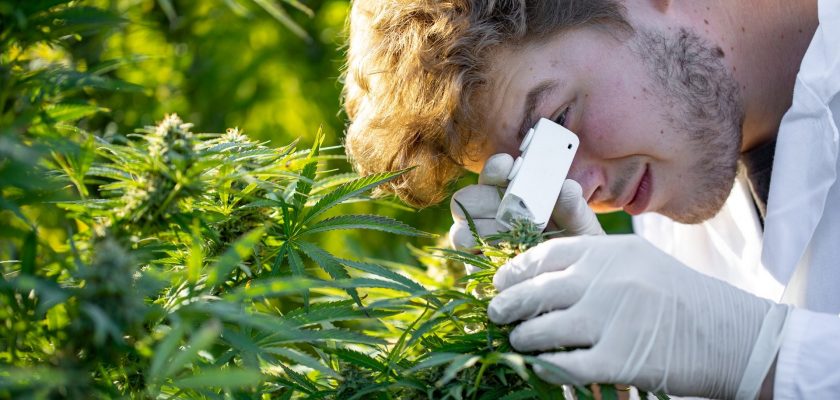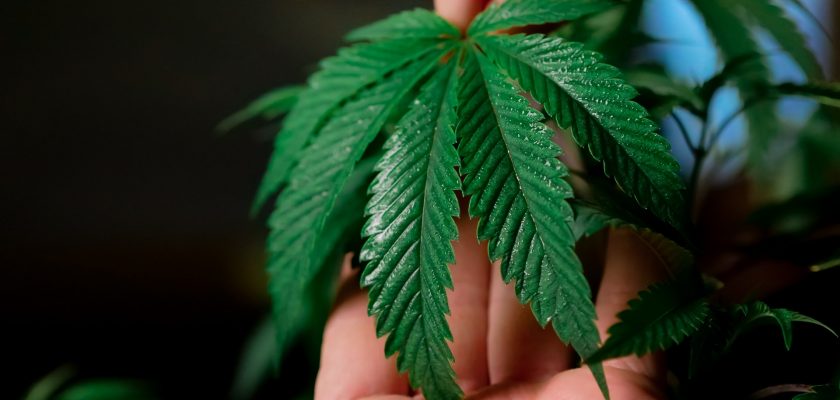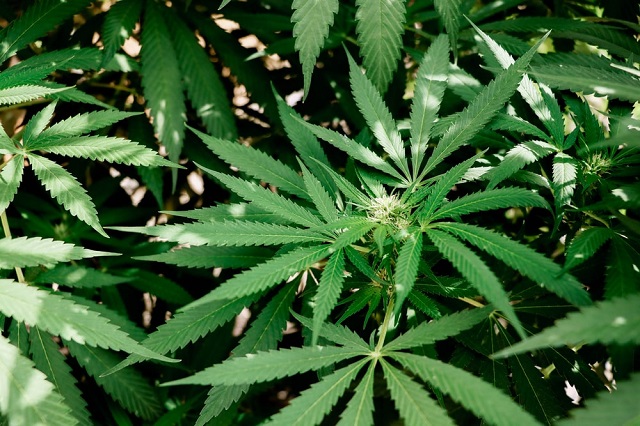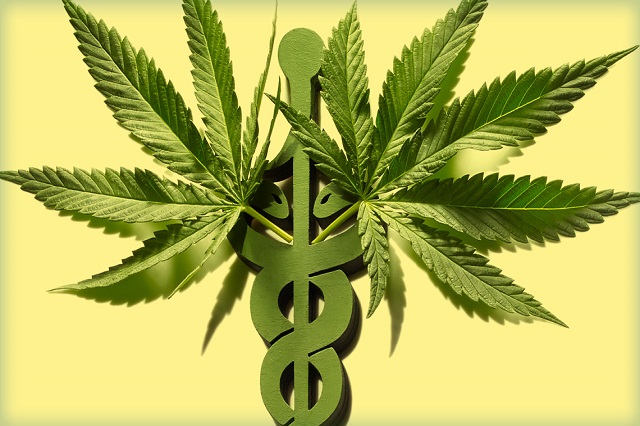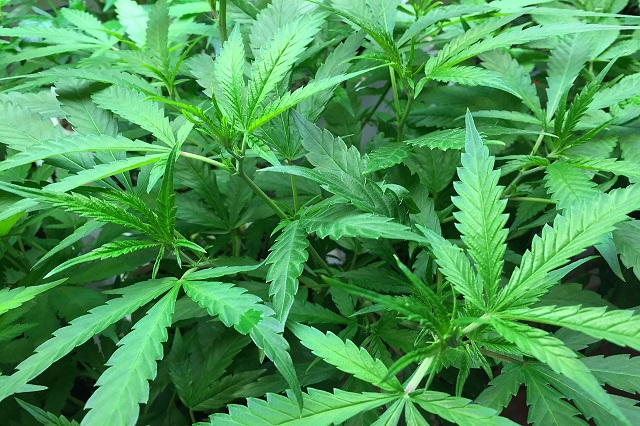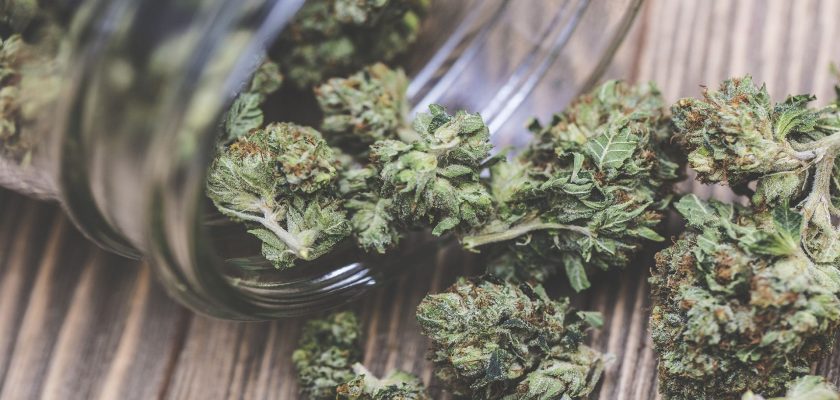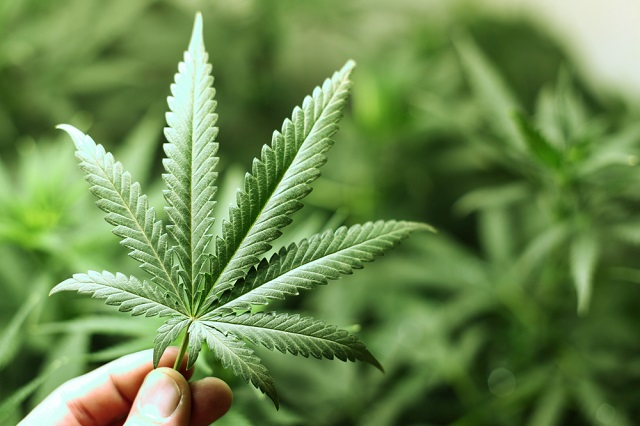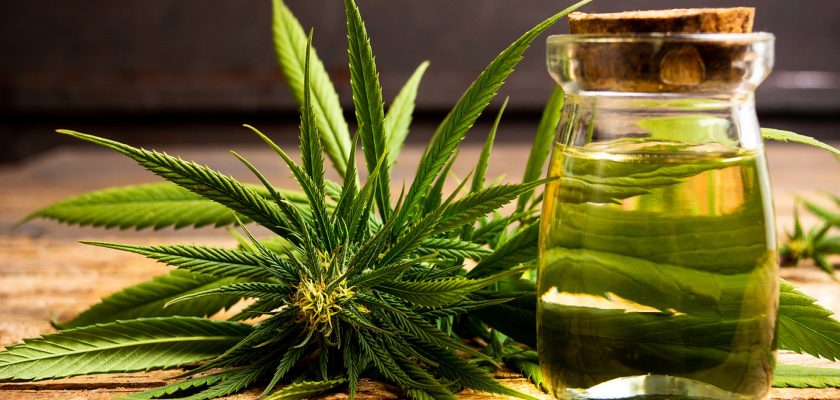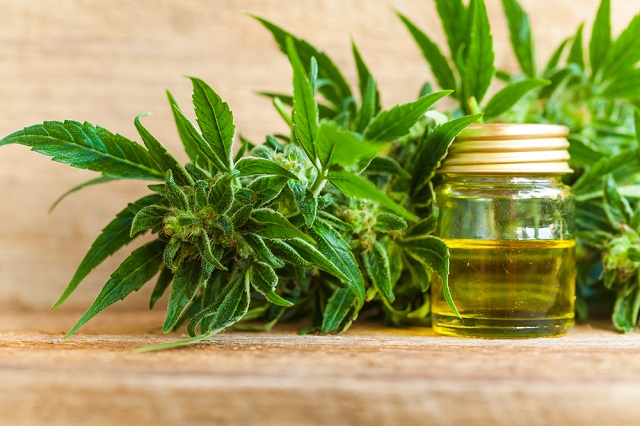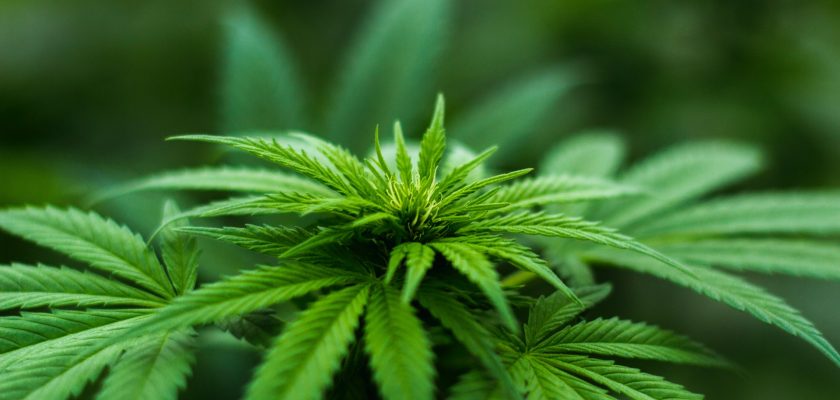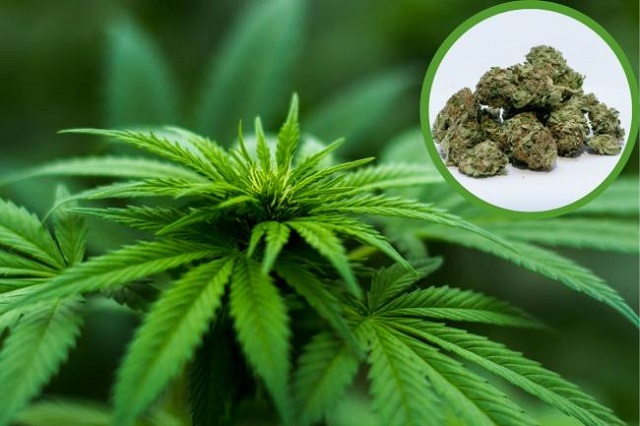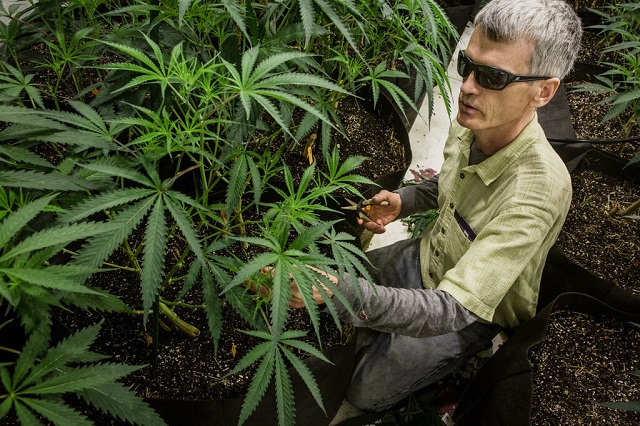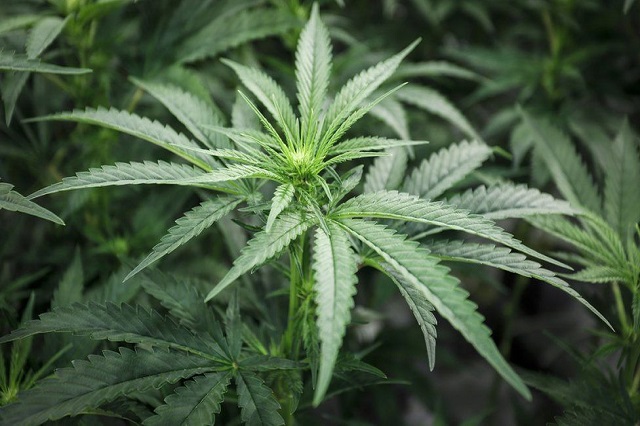In considering the therapeutic uses of cannabis, the Hippocratic Society recently passed a resolution in favor of such use. At the recent Annual Meeting of the British Medical Association, there was a motion proposed by Professor Robin Burnham Allen, “Any use of cannabis for medicinal purposes should be legalized for wider therapeutic use.”
This was subsequently passed by a majority of the members of the BMA. Although the resolution did not make reference to the harmful effect of cannabis on the physical and mental health of those who abuse it, it did express support for patients who are benefited from the use of cannabis.
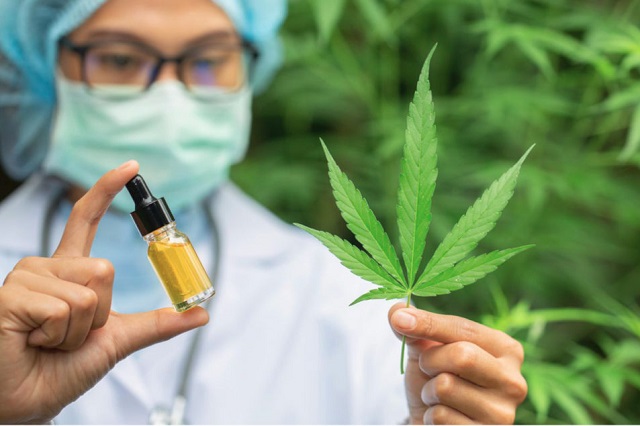
Arguments for the Use of Marijuana
It has been argued by some that there are many therapeutic benefits to be derived from the use of cannabis. It can help relieve muscle pain and also help to stimulate certain brain chemicals that may help with anxiety and depression.
Some supporters argue that this is an area where medical knowledge is far from conclusive, and further research is required. It is also arguable that there is a lot of anecdotal evidence that certain forms of therapy, such as aromatherapy, have helped patients gain relief from some of their conditions.
Perhaps more research is needed in order to determine whether or not it may be beneficial to the medical community in dealing with certain medical conditions. Some advocates believe that the government’s lack of research will mean that there is no evidence to suggest that cannabis is helpful in the treatment of some serious medical conditions.
The two primary forms of therapy currently being researched are the use of tetrahydrocannabinol or THC for medical treatment and the use of CBD for non-therapeutic applications. Both are being evaluated in clinical trials.
THC
One of the main problems with THC is that it has a very high concentration of THC and can be quite addictive. Although THC can cause euphoria to the user, long-term use can cause a loss of memory, coordination and other symptoms, which may include drowsiness.
CBD
Many advocates claim that there is growing evidence that CBD is not only safer than THC but may also be more effective. Some studies show that CBD can help relieve the pain and discomfort of certain medical conditions such as MS, epilepsy, cancer and inflammation.
Although there are currently no official studies comparing CBD with THC, some advocates feel that the results are more than enough to show that CBD is not only safe but could also have a positive effect. Other supporters have claimed that CBD is completely safe and unlikely to have any side effects.
Marijuana for Weight Loss
Under particular circumstances, it may be possible to use marijuana for weight loss (as in the case of smoking or using it as a topical cream), but anyone considering using this method should speak to their doctor first. Using it in this way may also be illegal in certain jurisdictions.
Marijuana for Anxiety Disorders
Another non-therapeutic use of cannabis is for reducing or eliminating anxiety and insomnia. This is a controversial area, as not everyone believes that it can help someone to get better sleep. Some studies, however, have suggested that there is some evidence to suggest that it may help, especially for people who are chronically anxious or who are suffering from insomnia.
Marijuana Can Help with Cancer
It has also been widely used in the treatment of cancer patients and may help reduce nausea and chemotherapy effects. No one yet knows exactly how it works, but it does seem to be an option that should be considered when considering alternative medicine.
Anti-Inflammatory Properties
Of course, we cannot talk about therapeutic uses for cannabis without mentioning its other useful properties. For example, it may be useful as a disinfectant, and some people use it for this purpose. Its anti-inflammatory properties may help people experiencing arthritis pain, and some people use it to treat injuries.

